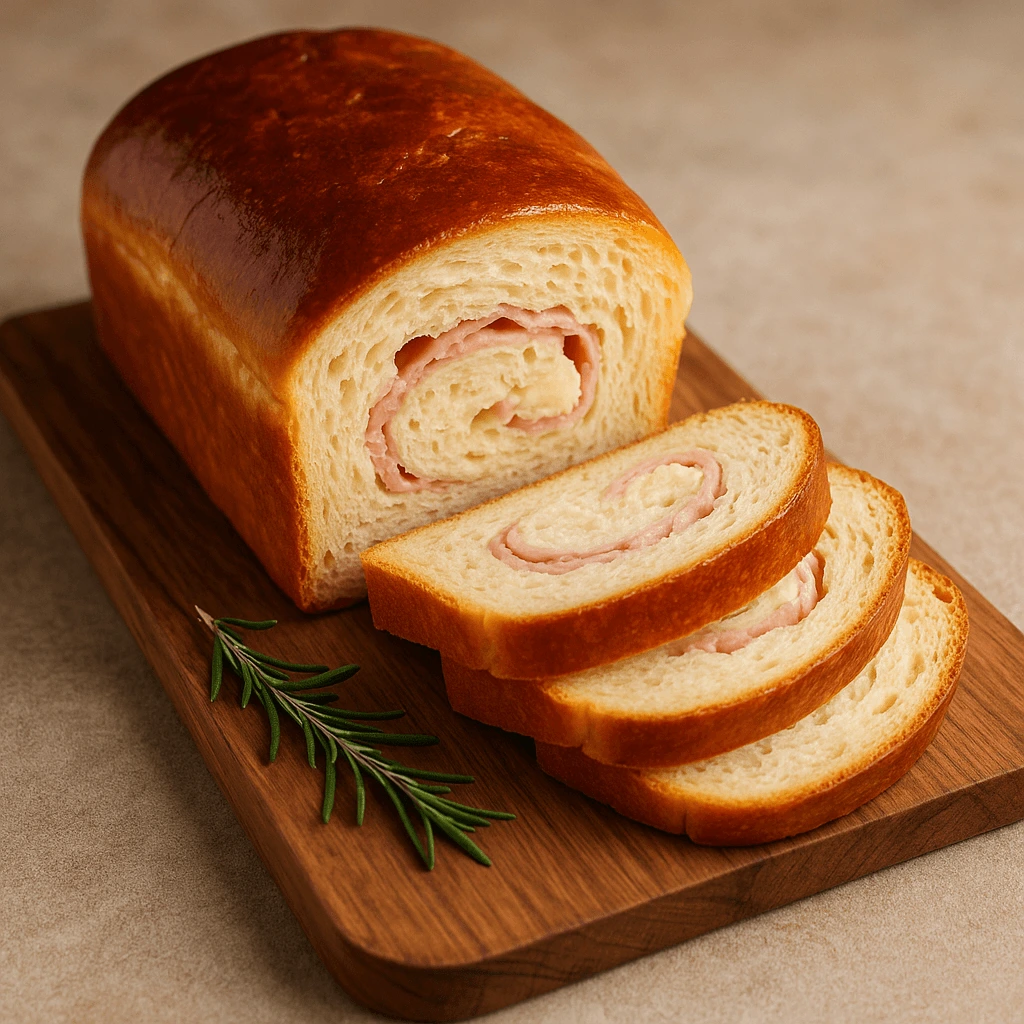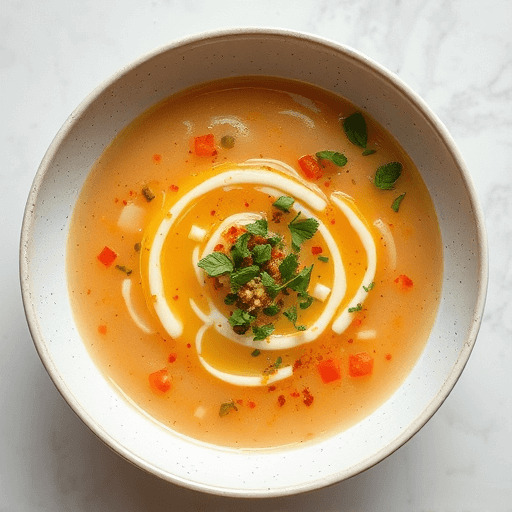Title: Homemade Braided Brioche: 10 Minutes of Pure Delight
braided brioche recipeBraided brioche is more than just a pastry—it’s a true culinary tradition, a symbol of warmth, togetherness, and indulgence. Its soft, sweet flavor and light texture make it a beloved choice for breakfasts and afternoon snacks, but it’s also an elegant dish perfect for festive meals or brunches with friends. Braided brioche instantly … Read more


